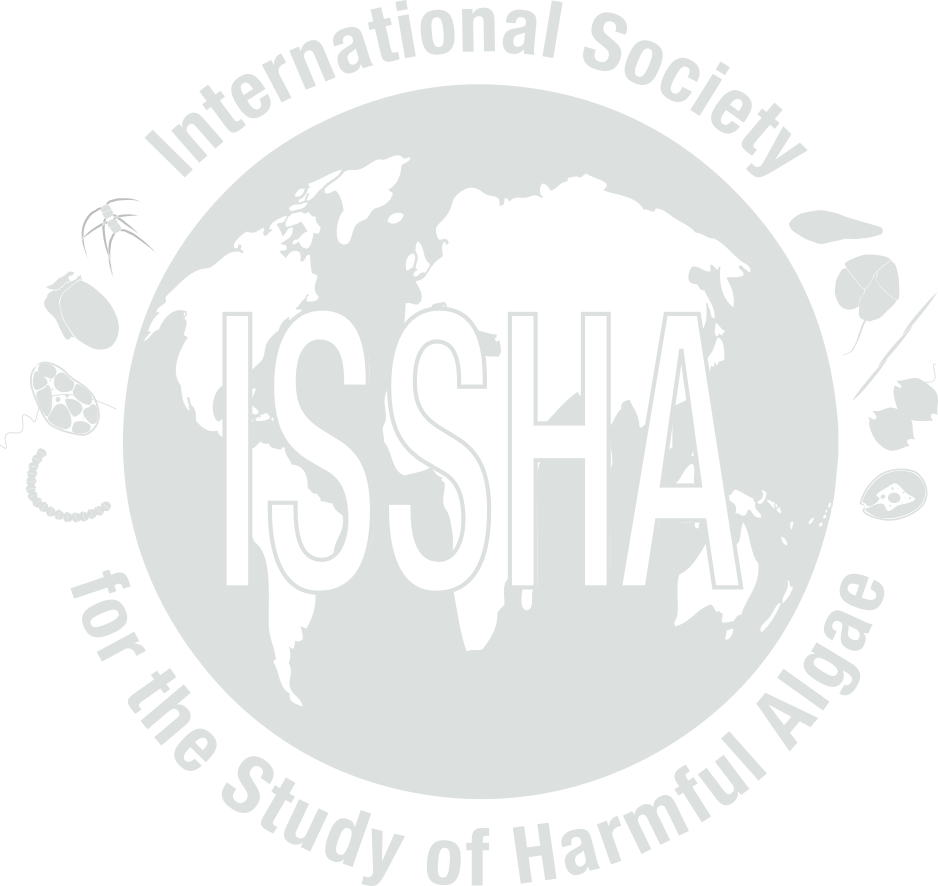


| Event name: | CA-02-016 | |
| Country: | CANADA | |
|
Nature of the harmful event: |
||
|
Event directly affected: |
||
| Toxicity detected: | No | |
| Associated syndrome: | ||
| Unexplained toxicity: | No | |
| Species implicated in toxin transmission (transvector): | ||
| Report the outcome of a monitoring programme: | No | |
| Event occurred before in this location: | Yes (High levels of DA were measured in 1999 in scallops from the Îles-de-la-Madeleine.This is the first DA outbreak in the baie des Chaleurs in April. Blooms of Pseudo-nitzschia seriata usually occur in September and October.) | |
| Individuals to contact: | BONNEAU, Esther , SAUVÉ, Gilbert | |
| Location: | Latitude: , Longitude: | |
| General location information: |
Gaspe, Quebec Region HAB Area code(s): CA-09 |
|
| Additional location information: | Gascons, Carleton | |
| Bloom event dates (yyyy/mm/dd): | ||
| Quarantine levels dates (yyyy/mm/dd): | ||
| Additional date-related information: | For the first year, high levels of domoic acid (maximum of 89 µg DA/g) were measured in the digestive gland of shellfish collected from Carleton and Gascons (baie des Chaleurs) on April 13, 2002. For the first time on the south shore of the St. Lawrence estuary DA concentrations (1.5 to1.9 µg DA/g) were measured in Mya arenaria near Mont-Louis (Fig. 1) from September 21 to 5 october. For the third year, DA was measured (0.8 to 25.8 µg DA/g) in Mya arenaria from Penouille (Fig.1), but it is the first time that the values are higher than 20µg DA/g for this location. For the second year in the northeastern part of the Gulf, low levels of DA (1.7 to 5.7µgDA/g) were measured in scallops near Tête-à-la-Baleine (Fig.1). | |
| Causative organism known: | Yes | |
| Causative Species/Genus: |
Pseudo-nitzschia delicatissima
( cells/L)
Pseudo-nitzschia seriata ( cells/L) |
|
| Co-Ocurring Species/Genus: | ||
| Chlorophyll concentration, if known: | µg/l | |
| Additional bloom information: | The DA outbreak in the Lower Estuary coincided with blooms of Pseudo-nitzschia seriata and P. delicatissima. | |
| Event-related bibliography: | ||
|
||||||||||||||||||||||||||
| Nutrient information: | ||||||||||||||||||||||||||
| Temperature Range During Event: | Max: °C, Min: °C | |||||||||||||||||||||||||
| Salinity Range During Event: | ||||||||||||||||||||||||||
| Bloom location in the water column: | ||||||||||||||||||||||||||
| Growth: |
In situ |
|||||||||||||||||||||||||
| Growth Comments | In situ growth. Pseudo-nitzschia spp. are common members of the phytoplankton assemblage in the St. Lawrence, where blooms occur at the end of the summer from August to October. | |||||||||||||||||||||||||
| Additional Environmental information: | ||||||||||||||||||||||||||
|
|||||||
| Kit used: | Type of kit used: | ||||||
| Additional information: | |||||||
| Economic losses: | |||||||
| Management decision: | Closure of sectors. | ||||||
| Additional harmful effect information: | ASP toxins detected inASP toxins detected in shellfish and closure of aquaculture farms shellfish and closure of aquaculture farms | ||||||
